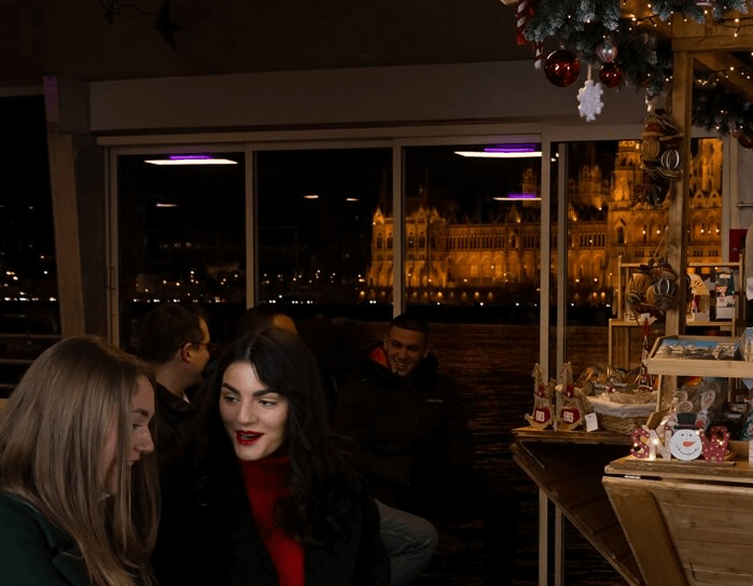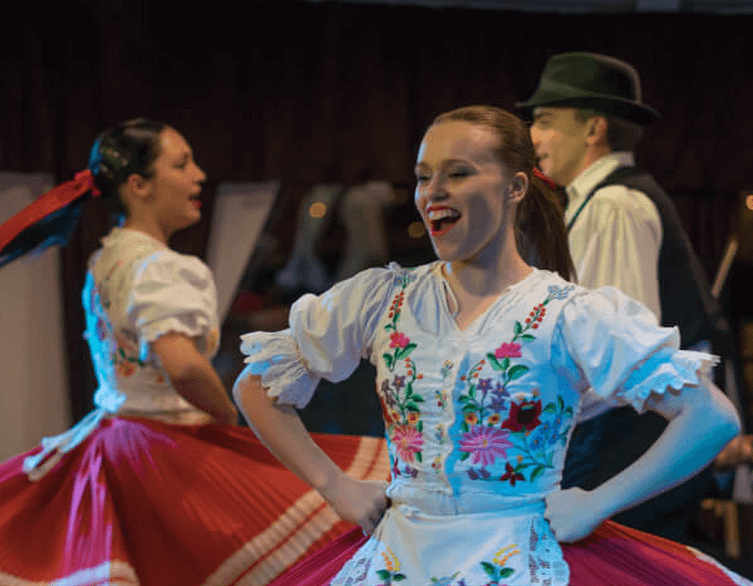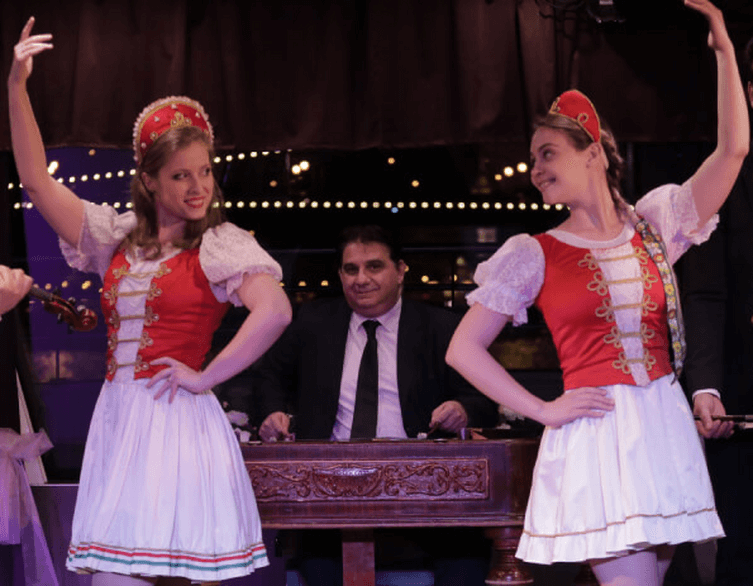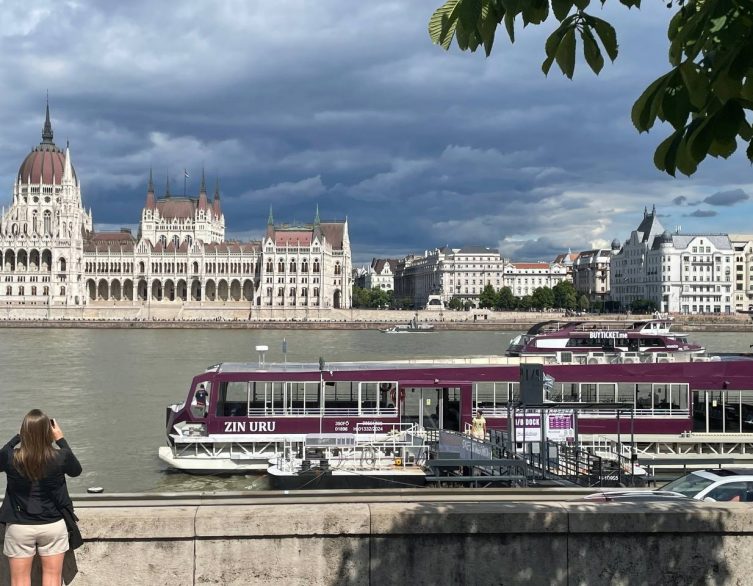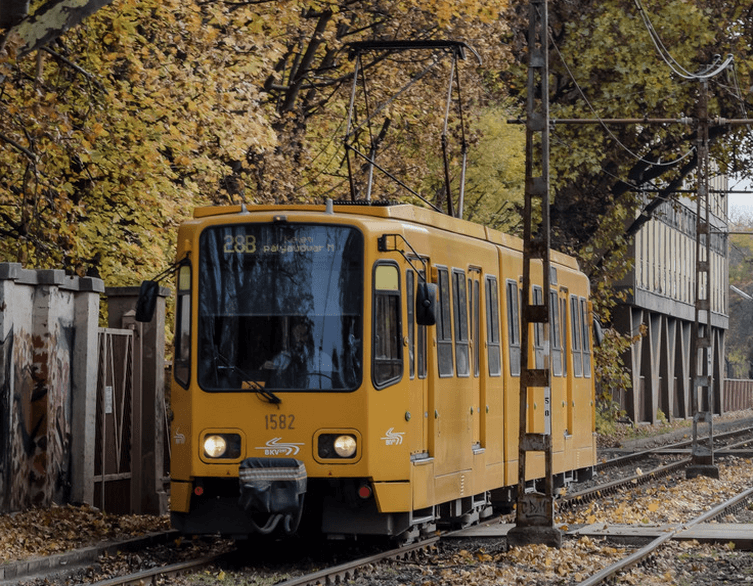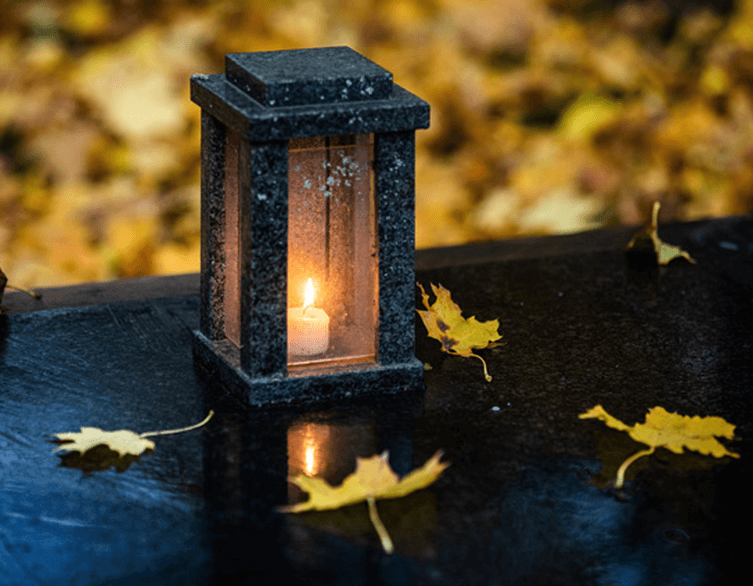Can All Saints’ Day Survive in the Heart of Fast-Paced Budapest?
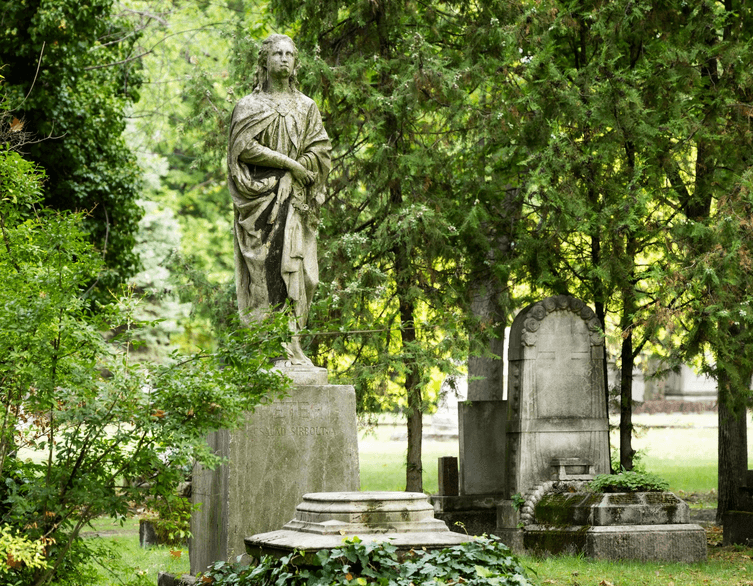
November first drapes a soft, melancholic blanket over Budapest. The city, which moments earlier pulsed with the unrestrained noise of the party district and the nervous tension of morning rush hour, suddenly falls quiet. The air fills with the sweet, smoky scent of beeswax and the tart aroma of chrysanthemums. This transition feels sharper, almost more dramatic in the capital than anywhere else in the country.
Balancing on the frontline between modernity and tradition, a question emerges: in this secularizing, rushing, global metropolis, does All Saints’ Day and All Souls’ Day still hold real meaning, or has it become merely hollow ritual? The answer is far more complex than a simple yes or no. This isn’t just about whether we visit the cemetery—it’s about where the past resides in the urban soul, and whether we’re still capable of connecting with it.
A Uniquely Budapest Phenomenon
This form of remembrance represents a unique cultural phenomenon in Budapest. While in a village, nearly the entire community shares in the ritual and the cemetery becomes the social center of the settlement, in Budapest grief and remembrance become atomized. Millions of individual destinies, millions of separate candle flames flicker in the massive cemeteries and in apartment windows throughout the city. Yet the ritual finds new strength precisely in this individualism. The metropolitan dweller, who day after day swims in a sea of anonymity, consciously seeks connection on this day—not necessarily with a religious community, but with their own roots.
The practice takes on distinctly urban characteristics in the capital. Budapest is a melting pot, filled with people whose family graves lie hundreds of kilometers away in small rural towns. For them, All Saints’ Day often means travel. But what about those who stay? Many light candles at home before a photograph. Others, particularly members of older Budapest-rooted bourgeois families, view this day as a social obligation. Tending graves and placing flowers also serves as a status symbol—honoring ancestors proclaims family integrity.
The Psychology of Candle Lighting in the Budapest Night
On All Saints’ Day in Budapest’s whirlwind, lighting candles reaches far beyond religious dogma. From a psychological perspective, this is an extraordinarily powerful symbolic act. The flame itself represents life, warmth, and the light of memory in the cold darkness of forgetting. When a Budapest resident—who perhaps hasn’t set foot in a church all year—lights a candle, they enter a meditative state. The rushing urban life, the deadlines, and the noise of meetings momentarily fall silent. This act becomes a bridge connecting present with past, the living with the dead.
This ritual transforms into a collective yet silent performance in the city. People don’t necessarily speak to each other at gravesides; they often stand in silence, absorbed in their own thoughts. Yet the sight of thousands of flickering lights at different points throughout the city creates an invisible community. It sends a message: “You’re not alone in your grief. You’re not alone in your remembrance.” This collective silence and light actually represents one of the city’s most intimate moments. Not the noisy festivals or mass demonstrations, but this inward-turning, shared ritual reveals the city’s human face. The candlelight disperses the “spiritual smog,” making way for reflection.
The importance of the ritual is evident in how powerfully it continues to live even in those who no longer practice their religion. For them, this isn’t a feast of blessed souls or those suffering in purgatory, but a day of respect and continuity. Recognition that we ourselves are a link in a chain, part of a story. Candle lighting thus becomes a secular pilgrimage, where the goal isn’t meeting the transcendent but reinforcing our own identity by remembering those who came before us.
Best deals of Budapest
Generational Gap or Urban Transformation
A common argument suggests that younger, more “urban” generations no longer feel touched by this holiday. However, this oversimplifies reality. What’s transforming is the form of remembrance, not necessarily its content. In the context of All Souls’ Day, we encounter entirely new forms in Budapest. Many who cannot physically visit the cemetery—because they live far from the family grave or work abroad—remember in digital space. Sharing an old photograph, lighting a virtual candle, posting a brief memorial message—these are all modern, urban adaptations of the ritual.
The generational question isn’t black and white. Younger people may be less attached to the rigid, religious framework of the ritual, but the need for remembrance lives within them too. For them, this day might represent a form of mindfulness, conscious presence, and gratitude. A walk or stroll through a quiet cemetery (which functions at this time as both park and memorial site) can offer a therapeutic experience amid urban noise. We’re not witnessing the death of tradition but its transformation and pluralization.
The Specter of Indifference
The heaviest question arises: can we expect society—especially Budapest’s secular environment—to simply “outgrow” and ignore this holiday? Surface signs might suggest this. All Souls’ Day increasingly competes with Halloween’s commercialized, more superficial revelry. Consumer culture tries to turn everything into a commodity, and honest, quiet grief struggles to compete with loud jack-o’-lanterns and costume parties. This global trend applies with particular force in Budapest, where Western patterns take root more quickly.
Digging deeper, however, we see that the two holidays don’t actually exclude each other. Halloween (which also has Celtic roots connected to the dead) celebrates life and playful fear, while All Souls’ Day embraces quiet reflection. A society capable of embracing one doesn’t necessarily reject the other. The real danger isn’t Halloween but total indifference and denial of the past. The kind of modern sensibility that lives only for the present and future, viewing anything connecting us to the past as a burden.
Yet Budapest is unlikely to reach this point. Remembrance is an anthropological necessity. The faster and more superficial our lives become, the greater our need to pause and search for roots. The ritual of remembrance survives precisely because it serves a function. It helps process loss, provides a framework for grief, and reinforces family and even national identity. As long as people fear death and love those they’ve lost, they’ll need rituals. Budapest won’t ignore this holiday; instead, it will repeatedly reinvent it, adapting it to its own vibrant yet sensitive spirit.
A Living Tradition in Evolution
The most significant cemeteries during this period include Fiumei Road Cemetery (also known as Kerepesi Cemetery), Farkasréti Cemetery, the New Public Cemetery, and the Jewish cemeteries on Kozma Street and Salgótarjáni Street. These sites become illuminated gathering places where thousands come to honor their departed loved ones. The major burial grounds remain open with extended hours during the All Saints’ period, typically from early morning until 8:00 PM from late October through early November to accommodate the surge of visitors.
According to folk tradition, candles guide the departed souls who return to visit on this day. Some believe the flames provide warmth for wandering spirits, while others see them as beacons helping the deceased find their way back to their resting places. The practical prohibitions once associated with these days—no washing, sewing, or heavy work—have largely faded, but the core gesture of remembrance remains vibrant. Families place fresh wreaths and chrysanthemums on graves, light candles as dusk falls, and stand in quiet contemplation.
The ritual’s power lies in its adaptability. Budapest’s cemeteries during All Saints’ Week don’t represent a dying tradition but a living, breathing, continuously adapting cultural practice. The metropolitan whirlwind doesn’t swallow it but places the ancient gesture of remembrance in new light. In the glow of thousands of candles against the November darkness, the city reveals its deepest humanity—not in celebration or protest, but in this moment of collective, individual remembering. This is how tradition survives in modern Budapest: not by remaining frozen in time, but by evolving while preserving its essential meaning.
Related news



